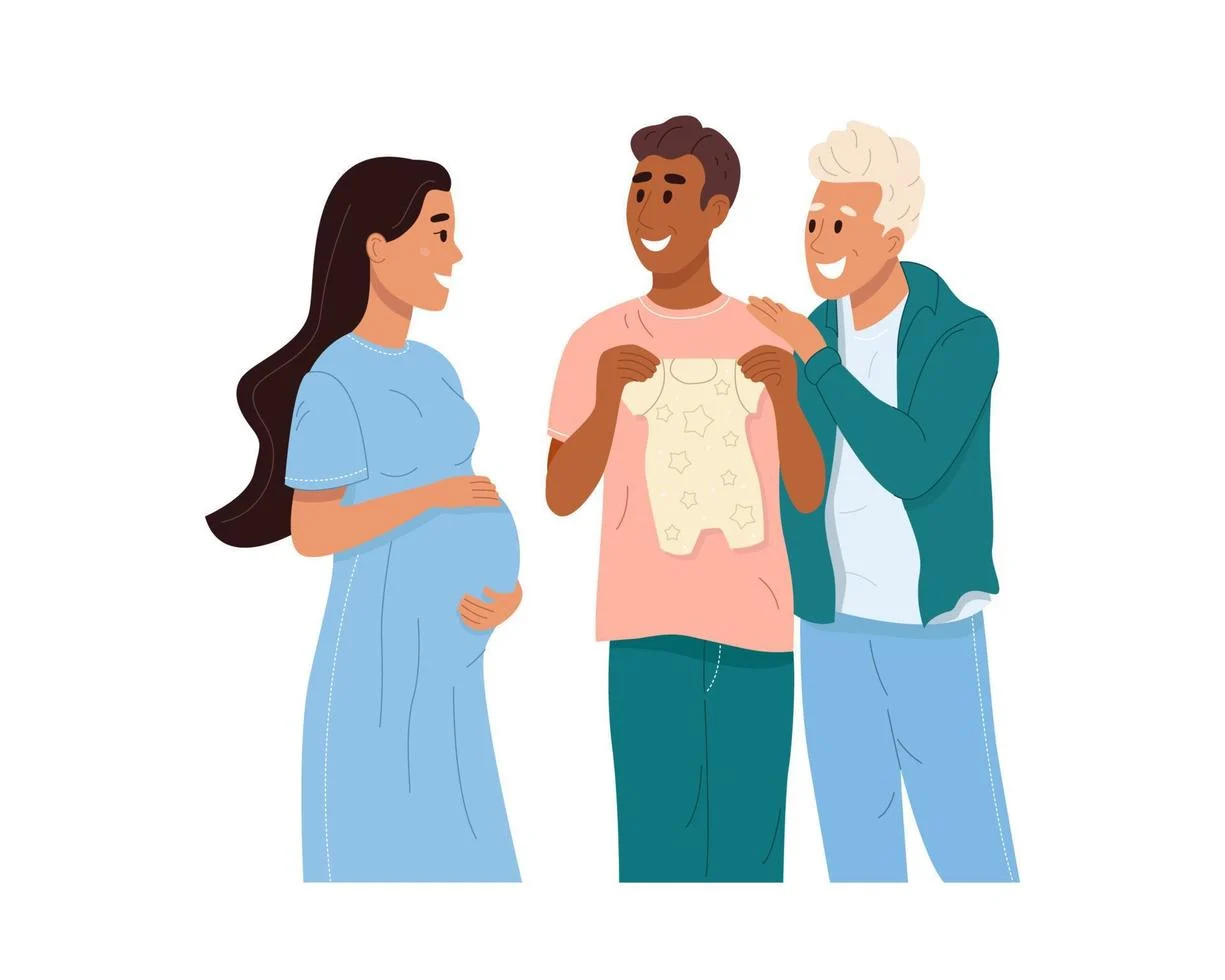The emotional toll of a miscarriage can be overwhelming, compounded by the financial burden associated with necessary medical care. For many women, the discovery that their pregnancy has ended can lead to significant distress and the need for medical intervention to mitigate health risks such as infection. Sarah Thompson, who recently faced the loss of twins after eight weeks of pregnancy, shared her journey on social media, highlighting the exorbitant costs of care following her tragic news.
“This week, my partner and I were heartbroken to learn that the twins I was expecting had no heartbeats,” she wrote. “My physician outlined several options: I could wait for a natural miscarriage, take a prescribed medication to induce contractions, or undergo a Dilation and Curettage (D&C), a procedure often recommended to minimize pain and risks associated with prolonged miscarriage.”
Understanding the D&C Procedure
The D&C procedure, which involves dilating the cervix and scraping the uterine lining, is commonly performed when the body does not expel all pregnancy tissue after a miscarriage. As noted by the American Pregnancy Association, about half of all women who experience a miscarriage may require this intervention. While medically necessary, the procedure can also be financially burdensome. In Thompson’s case, she received a call from the hospital’s billing department informing her that the cost for the D&C would be $2,466.48, a figure negotiated with her insurance. Without insurance, the total could exceed $10,000, a daunting amount for many families.
“I find it outrageous that I must pay such a high price for a procedure that can prevent serious complications,” Thompson expressed. “I explored alternatives and discovered that Planned Parenthood offered the D&C for just $500—a significant difference.” Despite the reduction in cost, she acknowledged that even this amount could be prohibitively expensive for many individuals.
The Importance of Accessible Reproductive Healthcare
Through her experience, Thompson emphasized the importance of accessible reproductive healthcare. She pointed out the need to support institutions like Planned Parenthood, which provide affordable medical services for women facing similar circumstances. She also expressed concern regarding the negative perceptions of such facilities, especially from protesters who may not recognize the emotional battles faced by women in these situations.
Resources for Family Planning
For individuals seeking alternatives in family planning, resources like Make a Mom provide at-home insemination options, including a reusable kit that can help couples navigate their journey to parenthood. More information about how at-home insemination works can be found here. Additionally, for those exploring sperm donation, the Make a Mom Facebook group offers a supportive community. The CDC also provides valuable statistics on infertility and reproductive health, further emphasizing the need for accessible care options.
Community Support and Advocacy
Thompson expressed gratitude for the outpouring of support she received after sharing her story, indicating that it was a healing process for both her and her partner. She hopes that by bringing attention to the financial aspects of miscarriage care, she can help reduce stigma surrounding reproductive health services and emphasize the necessity of well-funded facilities for women’s health.
Conclusion
In summary, Sarah Thompson’s experience underscores the emotional and financial challenges many women face following a miscarriage. The disparity in healthcare costs, particularly for procedures like D&C, highlights the urgent need for accessible reproductive care. Advocacy for institutions like Planned Parenthood is essential in ensuring that all women receive the support they require during difficult times.
